15 Oct Oral Storytelling Traditions and Appalachian Storytelling: From Ancient Practices to Today’s Revival
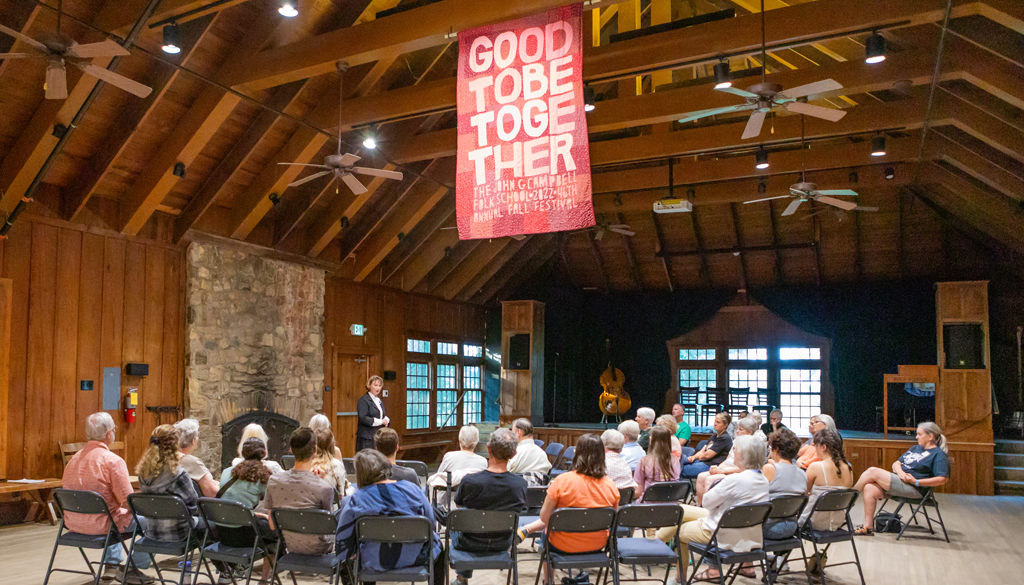
Discover the enchanting world of oral storytelling traditions, an age-old art form woven into the fabric of human culture. Stretching back to prehistory, storytelling has been a vibrant part of thousands of civilizations over even more years. Its centrality to human experience makes the ability to tell a good story an invaluable art and skill; equal parts inspiration, craftsmanship, and artistry.
In this post, we will traverse the history of storytelling, including the exciting landscape of Appalachian storytelling. Born of the unique culture and traditions of Appalachia, this regional subgenre brings to life rich history and folklore, both orally and visually, via the captivating role of crankies in traditional tales.
The History of Storytelling Traditions
Storytelling is one of humanity’s oldest and most beloved traditions, bridging generational gaps and drawing communities together. Since the dawn of civilization, oral storytelling has been a primary method for the transmission of history, cultural practices, moral lessons, and entertaining tales. It has not only shaped our understanding of the world, but also ultimately served as the bedrock for literature, theater, cinema, and many more contemporary arts.
You’d be hard pressed to find any civilization in history that did not hold stories at the heart of its culture and legacy. In ancient Greece, renowned bards such as Homer skillfully crafted intricate oral epics like the “Iliad” and the “Odyssey,” giving birth to myths and legends that captivate audiences even today. These stories shaped the cultural identity of ancient Greece and continue to influence our understanding of heroism, honor, and destiny.
Similarly, the indigenous tribes of Australia have a rich tradition of oral storytelling, sharing complex narratives that have survived millenia. The indigenous Ngadjonji tribe is credited with the oldest datable story on earth, a 10,000 year-old tale of the creation of Australia’s lakes and mountains. Modern geological dating techniques have identified the exact formations described in these stories, and the stories in turn lend insight into the volcanic and cultural events that shaped Australia. This storytelling tradition remains an essential component of indigenous Australian cultural identity. It connects generations with their ancestral heritage, the cosmos, and the land they have lived on for thousands of years.
In West Africa, griots, also known as oral historians, held a position of respect, tasked with preserving the genealogies, historical narratives, and oral traditions of their communities. Their role exemplifies the pivotal place of storytelling in shaping societal structures, establishing historical continuity, and reinforcing cultural norms and values.
Hundreds of years later, in the nascence of a new nation, storytelling would hold similar importance in the development of the United States and its unique culture. Oral traditions birthed cultures connected to the new land in which early Americans found themselves. At the same time, the generations-old stories of indigenous populations kept their cultures alive in the face of extreme persecution.
Storytelling has only proliferated since. From literature to theater and cinema, it is easy to view the importance of storytelling in popular art. Radio shows, podcasts, even TED Talks and corporate webinars hark back to a speaker at the center of a story circle or under the open sky.
The Traditions of Appalachian Storytelling
Deep in the heartland of America, the Appalachian region beats with a rhythm of its own. Humming to the percussion of America’s coal mines, this rich culture has birthed traditions from haunting ballads to innovative visual storytelling.
Stories passed down generations, like the tragic “Ballad of Omie Wise,” do more than just narrate events—they capture the ethos of the time. Ballads narrate tales of love, deceit, hardships, and triumph, painting a vivid picture of life in the Appalachians. “Omie Wise” recounts the story of a grizzly murder, and still carries great significance in the region, exemplary in many ways of the tragic and haunting narratives central to Appalachian storytelling culture.
Beyond ballads, storytelling in the Appalachians also embraces local folklore, including indigenous Cherokee narratives, tales of the revolutionary war, and anecdotes of the coal mining era. Each story, each ballad, serves as a thread in the rich tapestry that is Appalachian culture, an enduring testament to the region’s spirit.
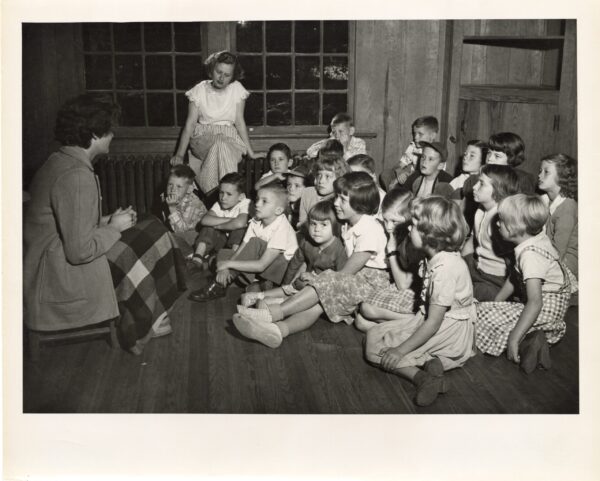
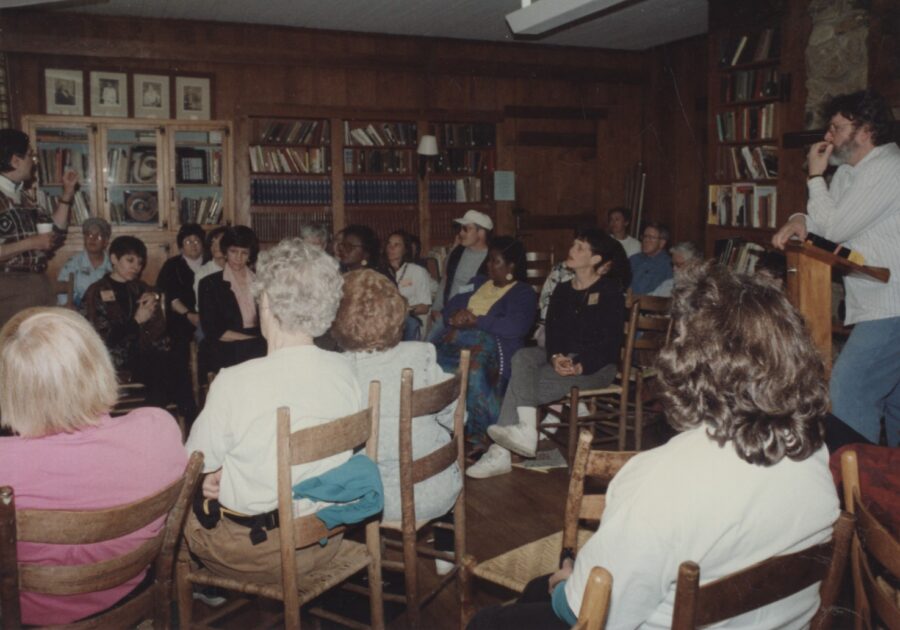
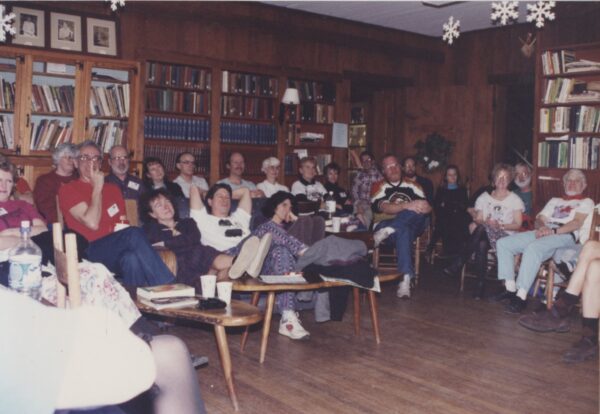
Crankies in Appalachian Storytelling
Crankies offer a unique storytelling medium in Appalachian culture. These are long, illustrated scrolls, housed in a specially designed box and hand-cranked to provide visuals for a story or ballad. The fusion of visual art with auditory narrative makes crankies a distinctive part of the Appalachian storytelling tradition.
Historically, crankies were used in the 19th century as traveling exhibits. These detailed pictorial narratives provided entertainment and education in an era before widespread literacy and mass media. The Victoria and Albert Museum in London holds a collection of historical crankies, offering insights into their cultural significance and artistry.
Crankies at the Folk School
In Appalachian storytelling, crankies are not just a nostalgic nod to the past. They are a living tradition that lend depth and dimension to the storytelling experience, combining the beauty of visual art with the emotive power of oral narratives. The enchanting process of building crankies for Appalachian ballads offers a unique and delightful blend of creativity and craftsmanship.
Why Everyone Should Learn Storytelling
Learning storytelling opens up a world of opportunities. It is a profoundly rewarding endeavor, benefiting various areas of personal and professional life. It boosts your confidence, enhances your public speaking skills, and allows you to connect with others on a deeper level.
Beyond this, it encourages empathetic understanding, the perseverance of cultural roots, and the use of narrative to communicate in ways that exposition cannot. In our storytelling courses, we combine the joy of learning with the magic of stories. This August 20–26, you can explore the cultural weight and haunting wonder of Appalachian storytelling by registering for Folk School’s Appalachian Heritage Stories course!
Whether you’re drawn to the timeless allure of traditional folk tales or are intrigued by the unique charm of Appalachian storytelling and crankies, our courses will lead you on an unforgettable journey. So, step into the spellbinding world of storytelling at the Folk School today.
Learn More
You can find more information about the many aspects that make up the Folk School Experience using the menu below.
A Typical Week or Weekend
A quick glance of what you can expect.
Studios
Look for special things to happen in the studios at the Folk School.
Housing & Meals
There’s nothing like staying on campus to fully immerse yourself in the Folk School experience.
Vision, Mission and Values
Read the tenets that drive us and see our Strategic Plan.
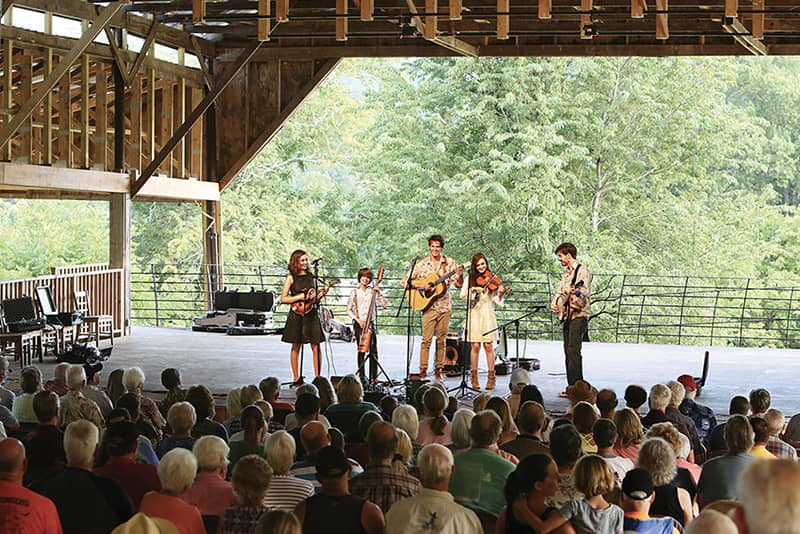
Events
Activities for students, visitors, and the community to enjoy.
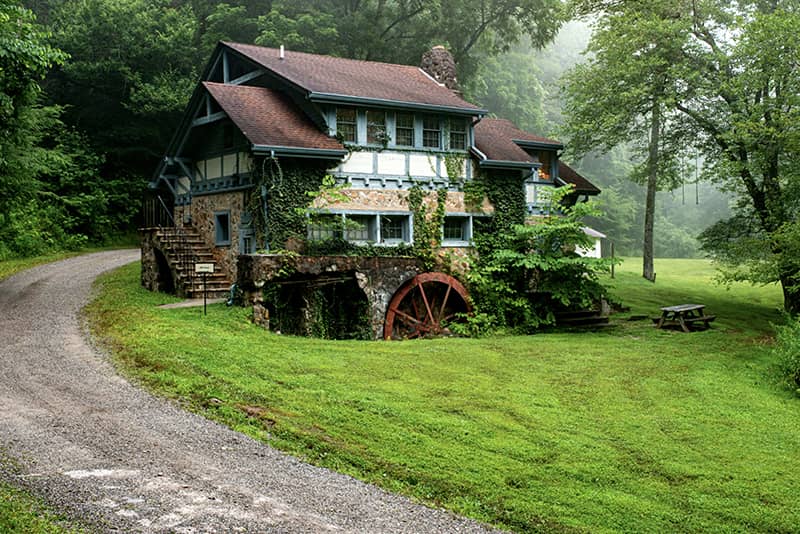
Explore Our Campus
Find a map of our sprawling campus, information about our nature trails, and more.

Craft Shop
Selling the highest quality handcrafted items made by regional artists.
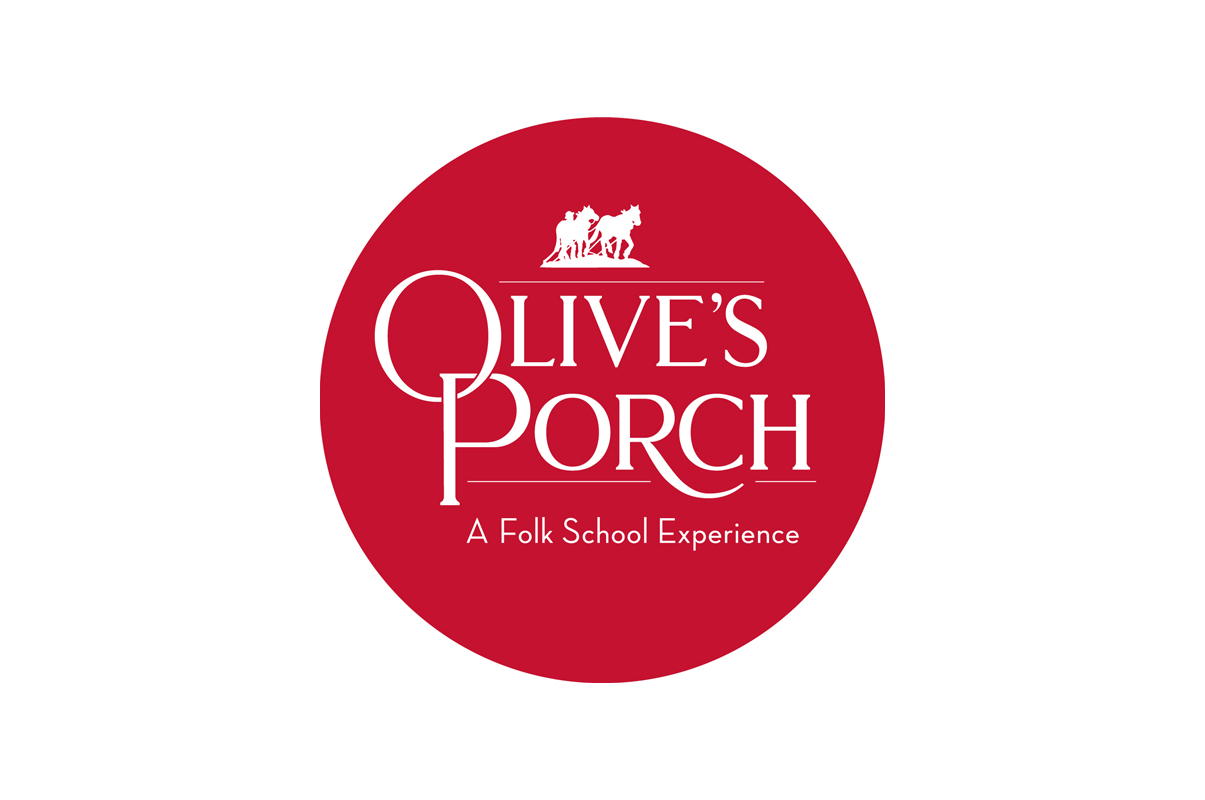
Olive’s Porch
Our new Folk School experience in downtown Murphy offering workshops and more.
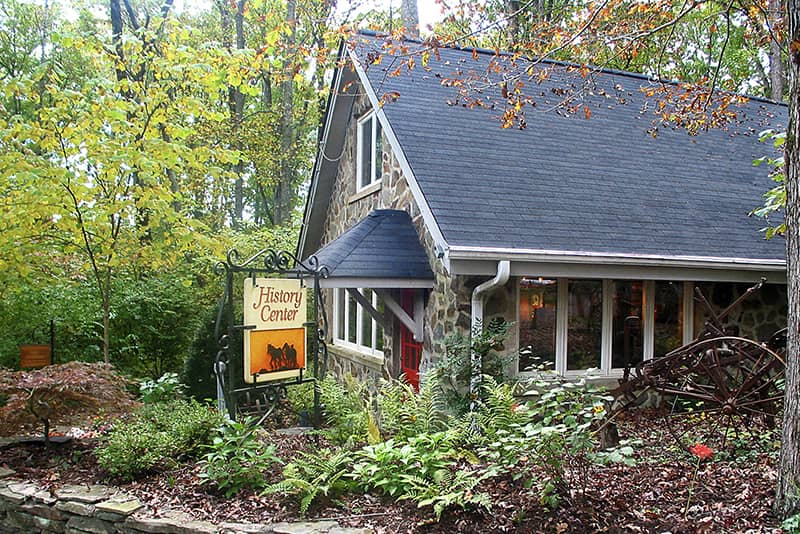
History Center
Discover the rich heritage that has made the Folk School a historical landmark.
Our History
Founded nearly 100 years ago, the Folk School has a rich and unique past.
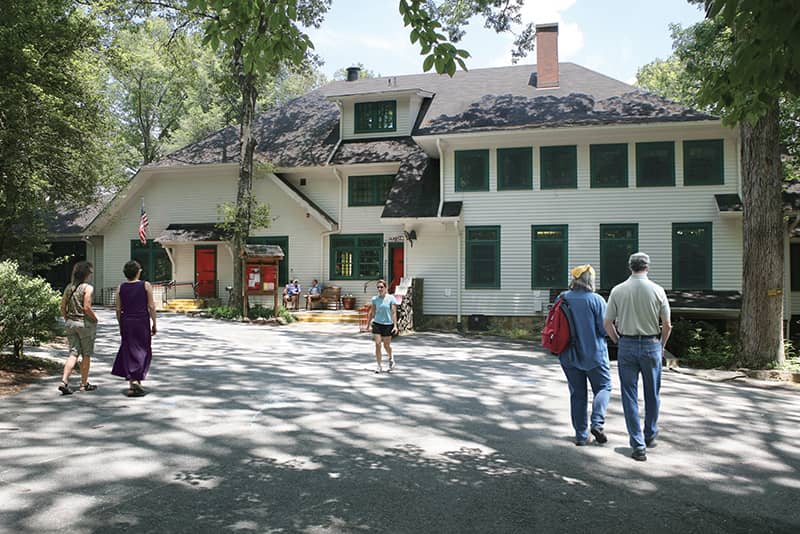
Visitor Guidelines
A few things we ask you to keep in mind during your visit.
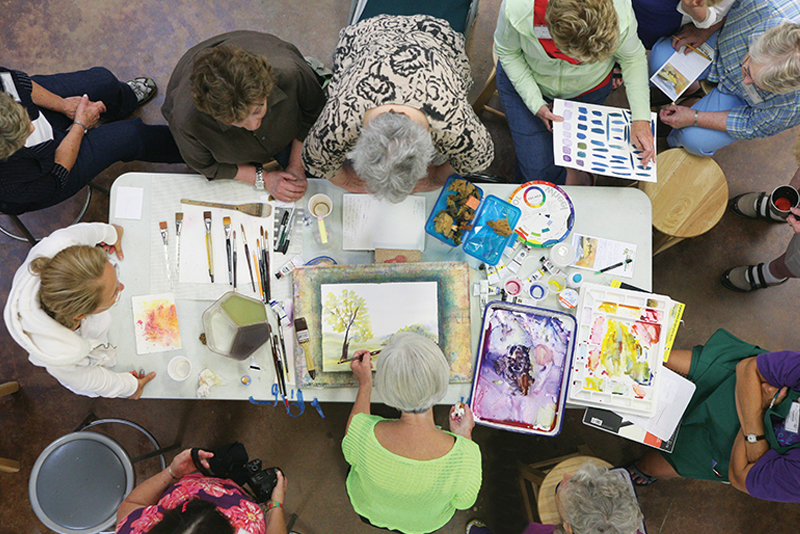
Find A Class
With 850+ offerings, choosing which class to take is the hardest decision you’ll make!




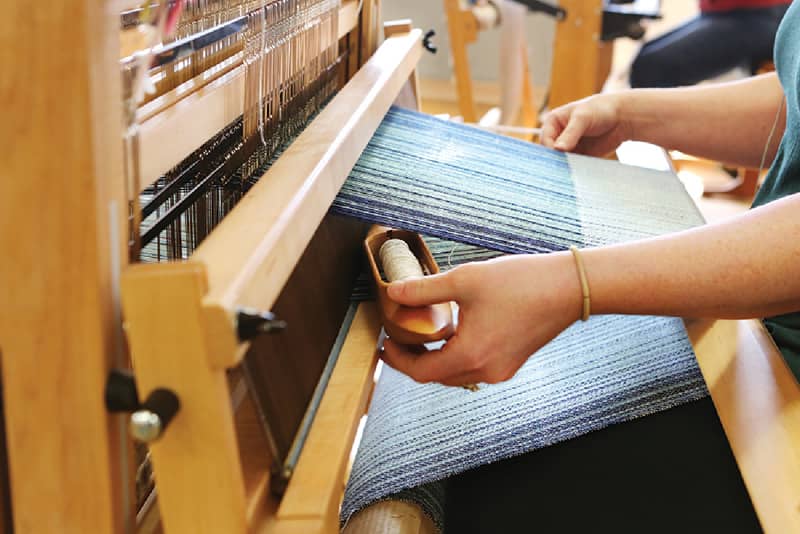
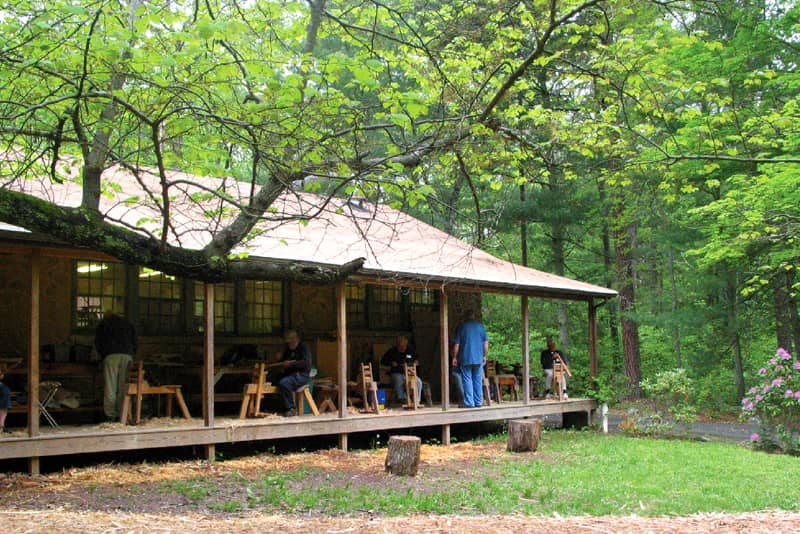
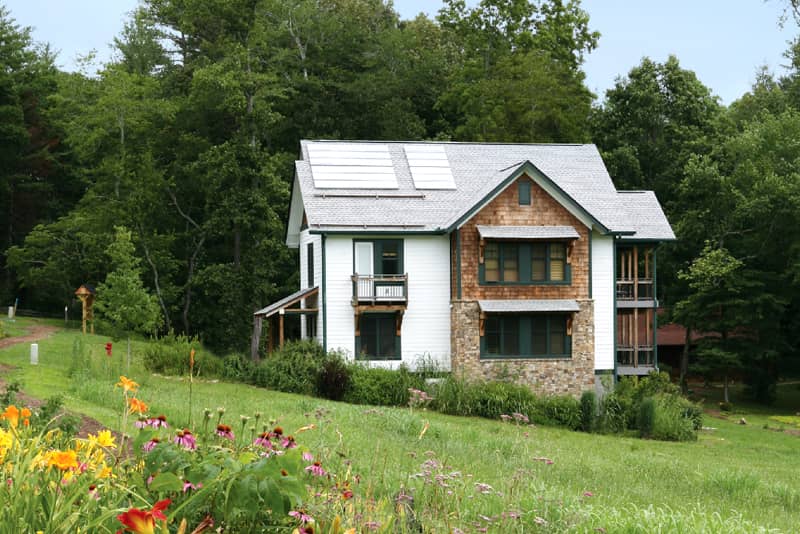
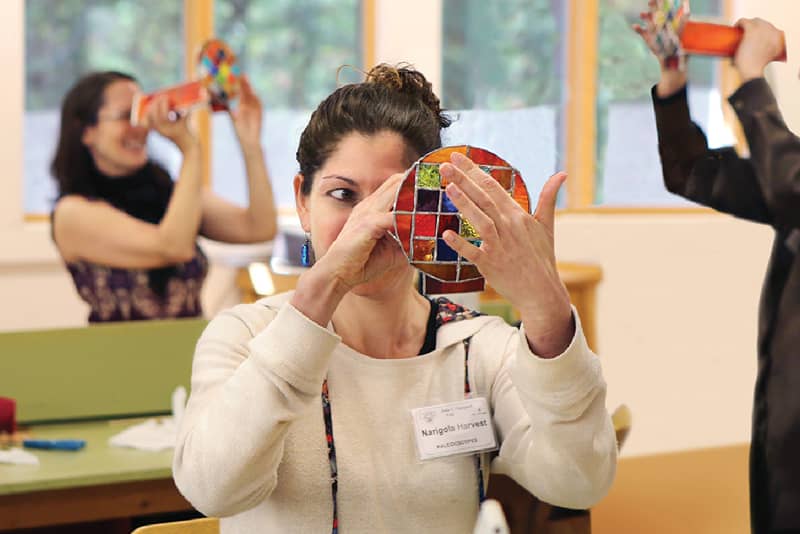
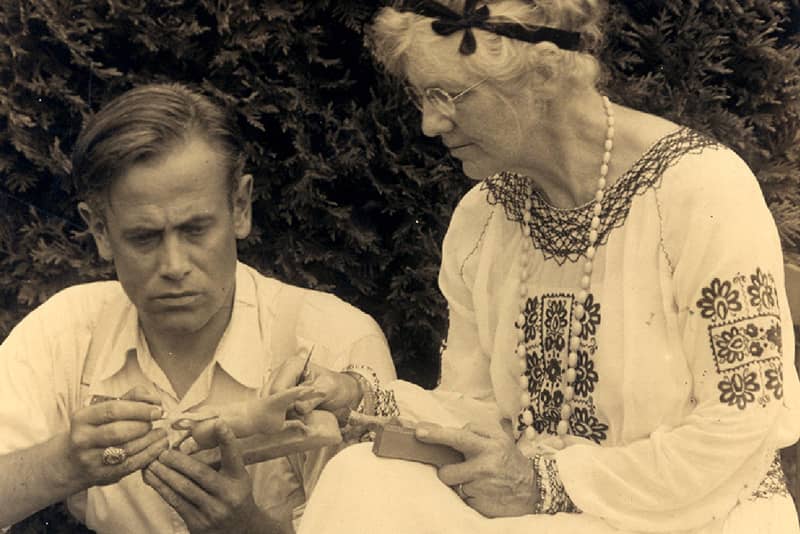
No Comments